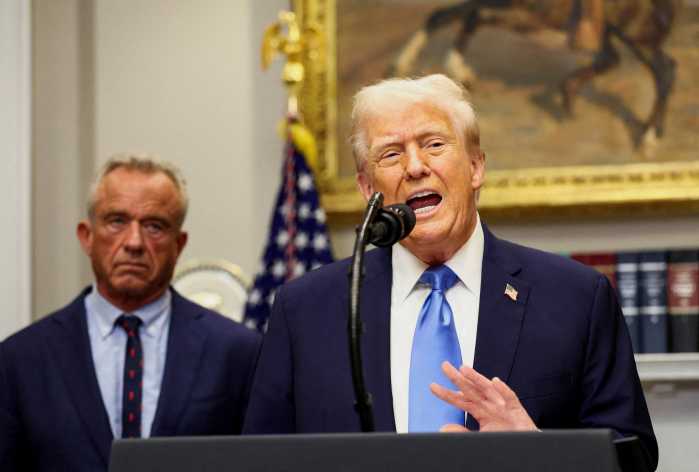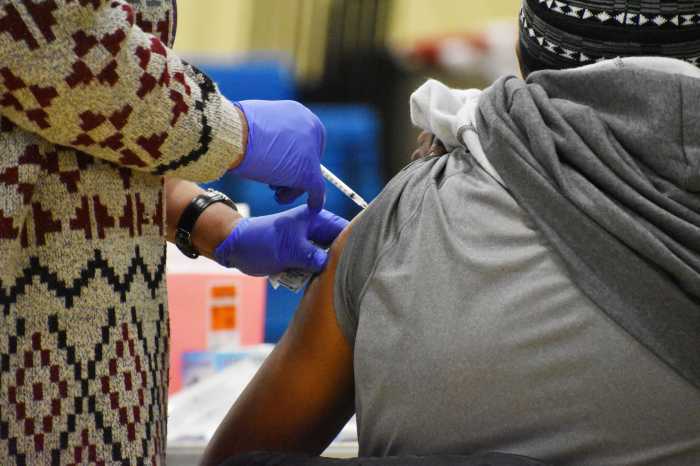Major depressive disorder affects over 16 million adults in the U.S.—and it can significantly interfere with their ability to function. A large portion of these patients fail to respond to antidepressant medications, and often go through multiple episodes of side effects and withdrawal while trying. Many people give up and feel like there are no other options for them. The lifetime risk of suicide among patients with untreated depressive disorders is nearly 20 percent.
Is there a non-medication option for treating depression?
Yes. In 2008, transcranial magnetic stimulation (TMS) was FDA cleared for treatment-resistant depression. This amazing technology has come a long way since then. Last year, the FDA cleared theta burst stimulation; a more advanced form of TMS that takes less time for a single treatment.
How is TMS different from other advanced treatments? Unlike electroconvulsive therapy (ECT)—which applies electricity to your brain, requires general anesthesia, and can cause memory loss—TMS applies magnetic waves to your scalp and uses no medications. The magnetic waves travel through your skull, causing your brain cells to fire and strengthen over time. Repeated applications help restore your brain circuits to normal functioning, thus relieving symptoms of depression in about 60 percent of patients. Ketamine-infusion therapy is another effective option, but it requires IV medication. And unlike TMS, you can’t drive yourself home after treatment.
Are there side effects from TMS?
There’s a very small chance of seizure during the treatment, but it’s less than the chance we see with most antidepressants. There can also be mild and transient scalp pain or headache at the start of treatment. These tend to go away after the first few treatments.
Are there different ways of using TMS?
Yes. Traditional TMS involves going to your doctor’s office every day, five days a week, for about six weeks. This can be quite difficult for those who are working or raising a family. And while some insurance companies are starting to cover this form of treatment, most patients still pay a co-pay or co-insurance for every treatment day, which can add up to thousands of dollars. At Initia Nova, we’ve developed an accelerated theta burst protocol. This involves doing multiple treatments a day, two or three days a week for several weeks, depending on your schedule. This allows you to get better faster with fewer days spent at your doctor’s office. This is considered an off-label protocol, as it’s a cutting-edge approach and not yet FDA cleared. As such, it isn’t covered by insurance and will add up to a higher out-of-pocket cost. Many practices still don’t take insurance at all, and the cost of traditional TMS therapy is around $10,000. The full cost of treatment at Initia Nova is $4,900, and financing is available.
How do I determine if this is right for me?
Email us at Info@MyInitiaNova.com to schedule a free phone consultation. We’ll do a thorough evaluation to determine if this treatment is right for you. Our goal is to help you determine if this investment in yourself is worth the chance of restoring a healthy life and finding happiness again.



























